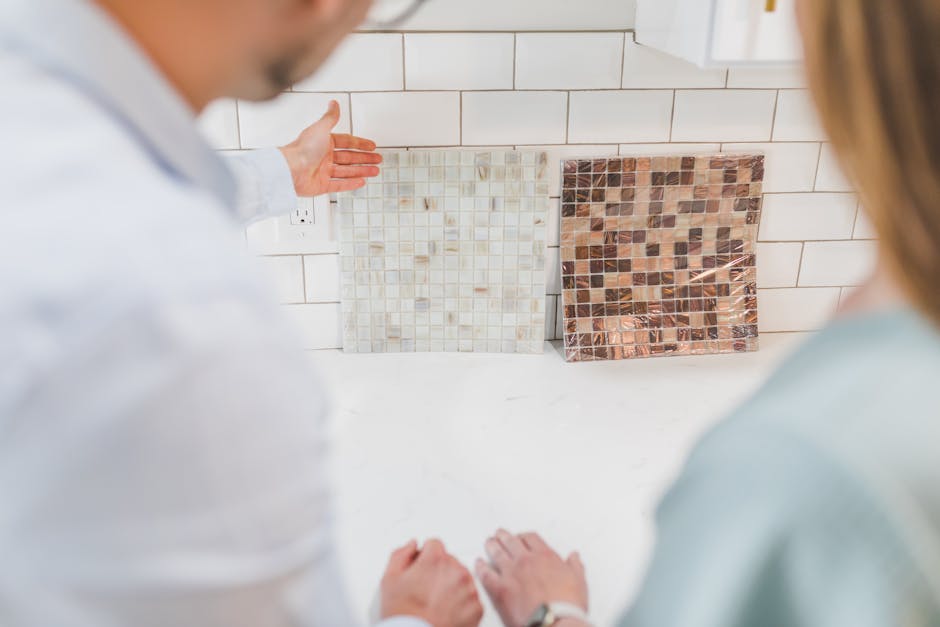Best home renovation ideas for small, oddly shaped houses
Small homes, especially those with unusual layouts, present unique design challenges, but with careful planning and innovative solutions, they can be turned into comfortable and stylish living spaces. Rethinking space utilization and embracing creative storage are key. The goal isn’t just about making the house look bigger; it’s about optimizing functionality and creating a home that truly meets your needs. One-size-fits-all designs simply won’t cut it when dealing with quirky angles and limited square footage.
Mirror, Mirror on the Wall: Strategic Use of Mirrors
Mirrors are an age-old trick for making a room feel larger and brighter. Place a large mirror on a wall opposite a window to reflect the natural light and create the illusion of depth. Multiple smaller mirrors can also be used to create a gallery wall that visually expands the space. It isn't only about the size; framing choices have substantial affect too. Thin, minimalist frames won't overcrowd a small area. Or consider mirrored furniture, like a coffee table or side table, to further amplify the light and openness. The positioning of mirrors is absolutely vital for achieving maximum impact, and a little planning really do pay off.
Vertical Thinking: Making the Most of Height
When floor space is limited, look up! Utilize vertical space with tall bookshelves, cabinets, and shelving units. This draws the eye upward, making the room feel taller. Consider floor-to-ceiling storage solutions in the living room, bedroom, or even the kitchen. Floating shelves are a great option for displaying decorative items or storing books without taking up valuable floor space. Add to it: a stylish ladder can add both functionality and visual interest, allowing easy access to higher shelves. It's a smart strategy that does double duty.
Clever Storage Solutions: Out of Sight, Out of Mind
Storage is particularly important in small homes. Look for furniture that serves multiple purposes, such as a storage ottoman, a bed with built-in drawers, or a coffee table with hidden compartments. Maximize closet space by installing shelves, drawers, and hanging rods. Utilize the space under the stairs for storage or a small office. Consider wall-mounted storage systems that can be customized to fit your specific needs. Remember: clutter is the enemy of small spaces, so keep everything organized and out of sight.
Light and Bright: Choosing the Right Colors and Lighting
Light colors reflect light and make a room feel more spacious. Paint the walls in light shades of white, cream, pale gray, or pastel colors. Avoid dark colors, which can make a small room feel cramped. Natural light is also essential, so keep windows clean and unobstructed. Use sheer curtains or blinds to allow as much sunlight as possible to enter the room. Supplement natural light with artificial lighting, such as recessed lighting, track lighting, and lamps. Layering light sources creates a warm and inviting atmosphere. Consider the color temperature of your lightbulbs; warmer tones can make the space feel cozier, while cooler tones can make it feel brighter.
Embracing Open-Plan Living: Removing Walls and Creating Flow
If possible, consider opening up the floor plan by removing walls between rooms. This creates a more spacious and airy feeling. An open-plan living room and kitchen, like many modern condos offer, is a popular choice for small homes. It allows for better flow and makes it easier to entertain guests. If you can't remove walls entirely, consider creating openings or archways to connect different spaces. This will improve the flow of light and air throughout the house.
The Power of Multifunctional Furniture: Space-Saving Solutions
Invest in furniture that serves multiple purposes. A sofa bed is a great option for a guest room or home office. A dining table that folds down when not in use can save valuable space in a small dining area. A coffee table with a lift-top can be used as a desk or dining table. Multifunctional furniture is a key to maximizing space in a small home. Another idea could be a room divider that doubles as a bookshelf. It brings space division without losing vital storage opportunity.
Dealing with Odd Angles: Custom Solutions for Unique Spaces
Many small homes have unusual layouts with odd angles and awkward spaces. Instead of trying to fight these features, embrace them! Custom-built furniture can be designed to fit perfectly into these spaces. A custom-built bookshelf can fill an awkward corner, or a custom-built cabinet can fit under a sloped ceiling. Custom solutions are often the best way to maximize space in a small, oddly shaped house. Be mindful of the materials you use, too. Softer materials might be more forgiving for complex angles.
Creating Zones: Defining Spaces in Open-Plan Layouts
In an open-plan living area, it's important to create zones to define different spaces. This can be done with furniture, rugs, or changes in flooring. A large rug can define the living room area, while a different flooring material can separate the kitchen from the dining area. Furniture can also be used to create zones, such as a sofa that defines the living room or a kitchen island that separates the kitchen from the dining area. Zoning helps to create a sense of order and makes the space feel more organized.
Kitchen Considerations: Small Kitchen, Big Impact
Kitchens are often a challenge in small homes. Maximize counter space by using vertical storage solutions, such as pot racks and spice racks. Install pull-out shelves in cabinets to make it easier to access items. Use the back of cabinet doors for storage. Consider a smaller appliances, such as a compact refrigerator or a combination microwave and oven. A well-designed small kitchen can be just as functional as a large kitchen.
Bathroom Bliss: Creating a Spa-Like Retreat
Bathrooms can also be challenging in small homes. Use a pedestal sink to save space. Install a shower instead of a bathtub. Consider a wall-mounted toilet to free up floor space. Use mirrors to make the bathroom feel larger. Add plants to bring life and freshness to the space. With careful planning, you can create a spa-like retreat in a small bathroom.
The Benefits of Minimalism: Less is More
Minimalism is a design philosophy that emphasizes simplicity and functionality. It's a great approach for small homes, as it encourages you to declutter and get rid of anything that you don't need. When choosing furniture and accessories, opt for simple, clean lines. Avoid clutter and keep surfaces clear. A minimalist approach can make a small home feel more spacious and peaceful. A Capsule wardrobe can also help with this, reducing clutter and ensuring every item is truly loved and needed.






